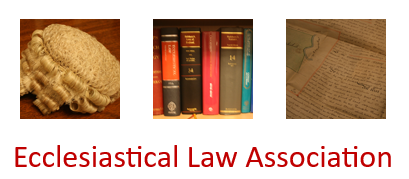The petitioners sought a faculty for extensive reordering at the Grade II listed church, including removal of choir stalls and pews, glazing of the west doors, handrails, relocation of the sound desk, levelling of the chancel with ramped access, carpeting, and a movable pulpit. The DAC supported the scheme; the Victorian Society maintained objections. Applying the Duffield questions, the Chancellor granted faculties for the glazed doors, handrails, sound desk, removal of the platform and communion rail, levelling of the chancel, and ramped access. He also permitted removal of five rear pews, subject to prior approval of replacement flooring. He refused faculties for removal of the choir stalls and relocation of the pulpit, finding inadequate evidence of their significance or justification for change. He held that removal of existing carpets would be unlikely to harm significance but found the petitioners had not given due regard to the CBC’s Historic Floors Guidance when proposing new and extended carpeting. He allowed resubmission of revised flooring proposals within six months, failing which that part of the petition would stand dismissed."

